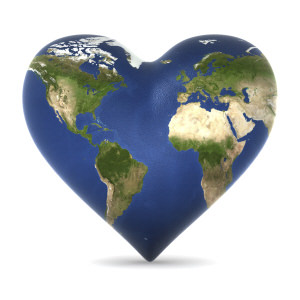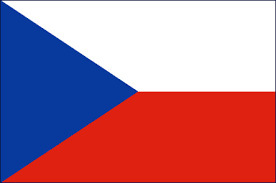Ever wonder how the “day of love” is celebrated around the world? Many cultures dedicate a special day to expressing love and appreciation to loved ones, family, and friends. Though not always celebrated on February 14th, a wide variety of modern customs and long-standing traditions are observed worldwide. Whether traveling abroad or simply curious about cultural differences, enjoy exploring the following international Valentine’s Day practices:
United States
While friends and family may exchange gifts, the holiday is largely known as a romantic occasion. Men will express their love for a significant other with a dozen roses, a small box of chocolates, a card, and dinner. In grade schools, children exchange Valentine’s Day cards with classmates, along with gifts of chocolates, cupcakes, cookies, and candies.
France
It is believed the earliest Valentine was sent in 1415 from the Duke of Orleans, a French prisoner in the Tower of London, to his beloved wife. Thus, Saint Valentine’s Day is celebrated with the exchange of cartes d’amities, along with flowers and other gifts. Each year in the village of St. Valentin a well-known festival includes wedding ceremonies and marriage vow renewals, among other activities.
Italy
Only lovers celebrate Valentine’s Day in Italy. Couples usually go out for dinner, and exchange gifts like roses, perfumes, chocolates, and diamonds, depending on the age and taste of the recipient. Also popular is Baci Perugina, a box of small, chocolate-covered hazelnuts with a romantic, poetic quote.
Russia
In Russia, Valentine’s Day is a relatively new celebration, blossoming in the 1990s. It is recognized as a day to express love and care for your beloved. Flowers, love letters, candle-lit dinners, and romantic walks in the park are ways of conveying love, affection and romance.
Mexico
February 14th is celebrated as the “Day of Love and Friendship,” with appreciation shown for friends as well as loved ones. Common gifts include flowers (especially roses), balloons, cards, stuffed animals, chocolates, jewelry and perfumes. Restaurants are commonly filled with couples spending a romantic evening dining out.
Germany
In Germany, loved ones exchange not only chocolates, flowers, and heart-shaped gifts, but also a pig. Viewed as a symbol luck and lust, the gift can be a picture of pig, a miniature pig figurine, or a chocolate pig, among other forms. Large, heart-shaped ginger cookies containing romantic phrases are also commonly given.
Czech Republic
In the Czech Republic, May 1st is traditionally celebrated as the “Day of Love,” with lovers kissing under a blossoming cherry tree for happiness and good health. Valentine’s Day on February 14th is also observed, involving dinners at restaurants and the exchange of gifts such as roses, chocolates, and cards.
Israel
In Israel, the ancient Jewish ceremony of Tu Be’av has been transformed into a modern version of Valentine’s Day. Traditionally, the 15th day of the Hebrew month of Av (around July/August), was a day devoted to love and courtship. Today Israelis give gifts of flowers and heart-shaped treats, or share a romantic dinner with a loved one.
Please help add to this list by sharing your own national Valentine’s Day traditions, and stay tuned for Part II on customs popular in Asia!









